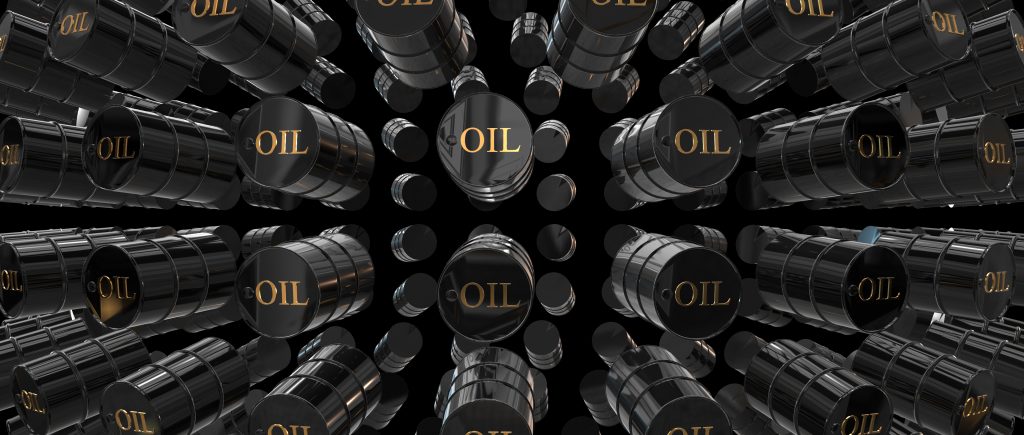Oil prices edged higher on Wednesday, recovering some losses from the previous session as the market turned its attention to potential supply disruptions from sanctions on Russian tankers. Gains, however, were tempered by uncertainty surrounding their impact.
Brent crude futures rose 51 cents, or 0.6%, to $80.43 a barrel by 0735 GMT, while U.S. West Texas Intermediate (WTI) crude climbed 64 cents, or 0.8%, to $78.14 a barrel. Both benchmarks had posted declines of 1.4% and 1.6%, respectively, on Tuesday.
The market drew some support from a drop in U.S. crude oil stockpiles, as reported by the American Petroleum Institute (API). The API data revealed a 2.6 million barrel decrease in U.S. crude inventories for the week ending January 10. However, gasoline inventories rose by 5.4 million barrels, and distillate stocks increased by 4.88 million barrels.
Meanwhile, crude inventories at the Cushing, Oklahoma, hub rose by 600,000 barrels, although stocks there remain historically low. Analysts had anticipated a 1 million barrel draw in U.S. crude stockpiles for the week, with official data from the Energy Information Administration (EIA) due later in the day.
Tuesday’s price declines were partly driven by the EIA’s prediction that oil supply will outpace demand over the next two years. The EIA projected global oil demand to average 104.1 million barrels per day (bpd) in 2025, with supply reaching 104.4 million bpd. It also forecasted Brent prices to average $74 per barrel in 2025 and decline to $66 in 2026, while WTI is expected to average $70 in 2025 and fall to $62 the following year.
Despite these bearish forecasts, concerns over Russian sanctions and declining U.S. crude inventories provided near-term support to oil prices, with market participants awaiting further clarity on supply and demand dynamics.
The oil market is currently navigating a delicate balancing act between robust demand and potential supply disruptions. While lower interest rates in the United States and other major economies are expected to support oil consumption, geopolitical risks loom large. The recent escalation of tensions in the Middle East, particularly the Houthi threat to Saudi Arabia, has heightened fears of potential supply disruptions, adding another layer of uncertainty to the oil market.
The potential for unforeseen geopolitical events to disrupt oil supplies remains a constant threat. Even minor incidents in oil-producing regions can significantly impact global supply chains, leading to price volatility. This underscores the inherent fragility of the global oil market and highlights the importance of robust contingency plans to mitigate the impact of such disruptions.
The Road Ahead: Navigating a Complex Landscape
As we enter 2025, the oil market will continue to navigate a complex landscape. The interplay between global economic growth, Chinese economic recovery, the ongoing energy transition, and geopolitical risks will significantly influence price movements.
The potential for increased volatility is high. While robust demand provides a supportive backdrop for oil prices, the threat of supply disruptions and the ongoing uncertainty surrounding China’s economic trajectory could lead to significant price swings.
The year 2024 in the oil market was a year of contradictions. While global demand surged to record highs, defying expectations, the year ended with prices largely stagnant. As we move into 2025, navigating the complexities of the global energy landscape will be crucial. Market participants will need to closely monitor geopolitical developments, assess the impact of economic policies in major oil-consuming countries, and adapt to the evolving energy landscape to effectively manage risks and capitalize on opportunities.
 Noor Trends News, Technical Analysis, Educational Tools and Recommendations
Noor Trends News, Technical Analysis, Educational Tools and Recommendations





